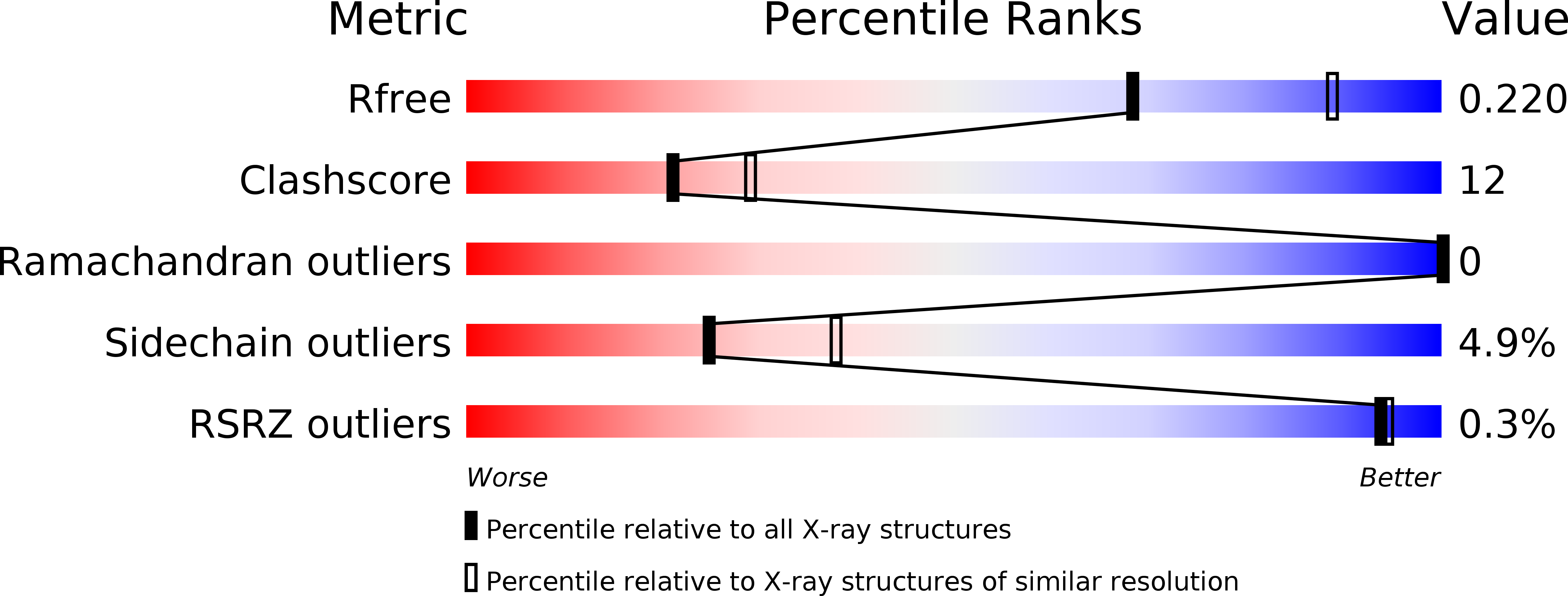
Deposition Date
2011-01-06
Release Date
2011-07-27
Last Version Date
2023-11-01
Entry Detail
PDB ID:
3Q86
Keywords:
Title:
Crystal structure of Staphylococcus aureus nucleoside diphosphate kinase complexed with GTP
Biological Source:
Source Organism:
Staphylococcus aureus subsp. aureus (Taxon ID: 93062)
Host Organism:
Method Details:
Experimental Method:
Resolution:
2.38 Å
R-Value Free:
0.22
R-Value Work:
0.16
R-Value Observed:
0.16
Space Group:
H 3


